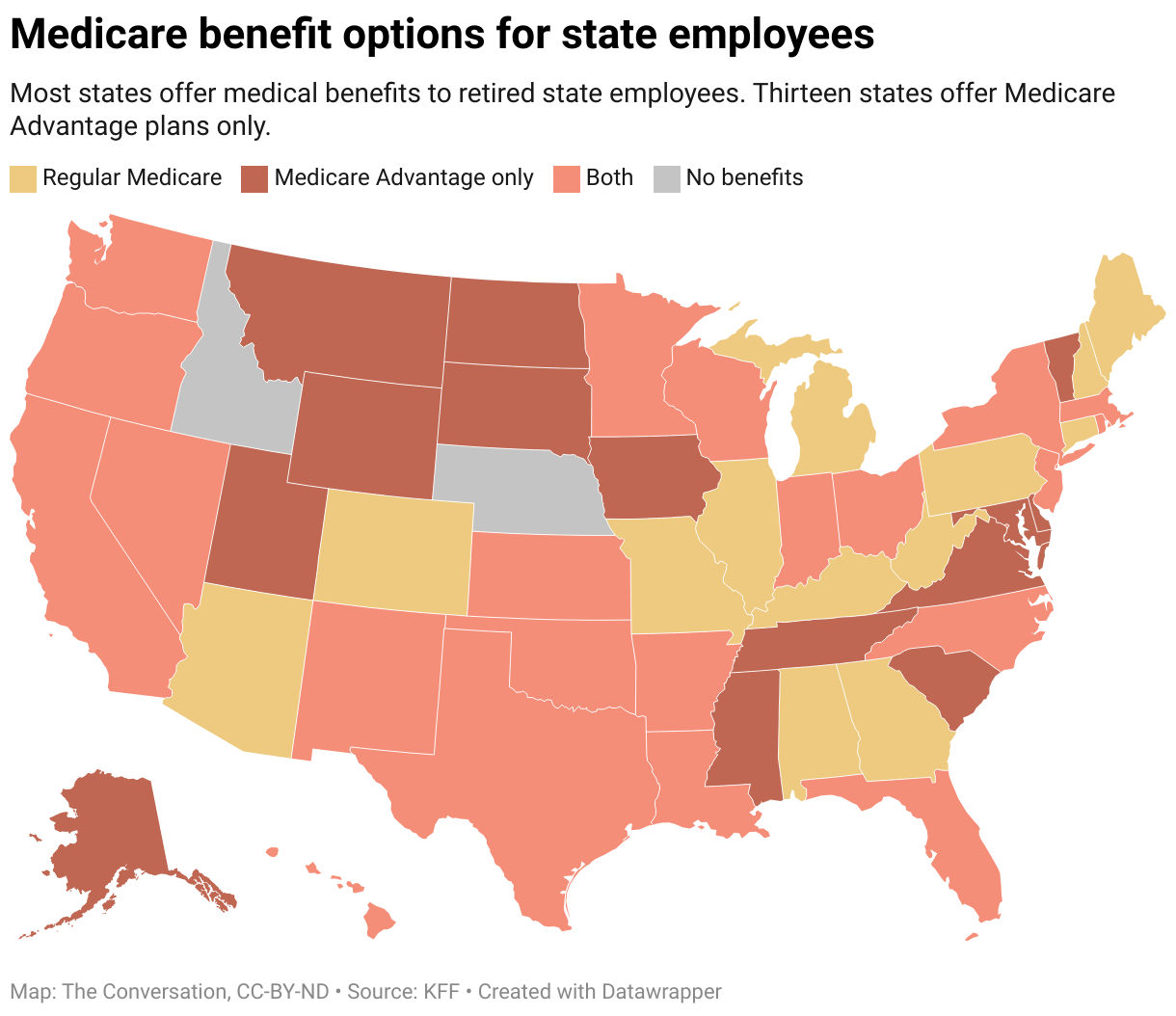Still Looking For Health Insurance?
Explore Plans To See What Fits Your Needs.
Overview
Individual health insurance is coverage you purchase independently, not through an employer. This type of medical insurance is comprehensive, covering a wide range of services from preventive care and pregnancy to emergencies and hospital stays. It includes essential health benefits as mandated by the Affordable Care Act (Obamacare).
Key Features of ACA Plans:
- Marketplace: You can enroll in ACA plans through the federal Marketplace at HealthCare.gov or state-based Marketplaces if available in your state. The ACA established these platforms to help individuals and families find and compare health insurance options.
- Pre-Existing Conditions: Insurance companies cannot deny coverage based on pre-existing medical conditions.
- Subsidies: Financial assistance in the form of tax credits is available to help reduce monthly premiums for eligible individuals and families.
Eligibility
Whether you are single or have a family, you are likely eligible for individual health insurance.
Plan Costs to Expect
When considering the cost of an individual health insurance plan, keep in mind the following components:
- Premium: Your monthly payment to the insurance company.
- Deductible: The amount you pay before your insurance starts to cover expenses.
- Copayment: A fixed amount you pay for specific services, such as a doctor’s visit.
- Coinsurance: The percentage of costs you pay for covered services after meeting your deductible.
- Out-of-pocket maximum: The maximum amount you will pay in a year.
Plan costs under the ACA vary. However, based on income, individuals may receive subsidies to reduce premiums or monthly expenses.
ACA plans vary in cost depending on the metal tier you select, your location, your age, and your insurer. The metal levels are:
- Bronze: Covers about 60% of your healthcare costs, usually with lower premiums.
- Silver: Covers around 70% of your healthcare costs, and is the most commonly chosen plan.
- Gold: Covers approximately 80% of your healthcare costs, with higher premiums.
- Platinum: Provides the highest coverage at 90% but comes with the highest premiums.
The average monthly premium for HealthCare.gov enrollees was $111 in 2024. Make sure to compare premiums, deductibles, copays, and coinsurance when choosing a plan.
How to Enroll
When choosing a plan, consider your healthcare needs:
- How often do you visit the doctor?
- Do you have ongoing health issues or regular medications?
Evaluate more than just the premiums. If you primarily need coverage for check-ups, a high-deductible plan might be suitable. For regular medical needs, a plan with higher premiums but lower out-of-pocket costs could be more beneficial. Be sure to compare different plans to find the best fit.
Enrollment in ACA plans can be done through federal or state Health Insurance Marketplaces. The open enrollment period typically runs from November 1 to January 15. Special enrollment periods may be available for those experiencing qualifying life events.
Next Steps
If your income is below a certain threshold, you may qualify for Obamacare subsidies. Additionally, consider supplemental insurance or a Health Savings Account (HSA) to reduce out-of-pocket expenses. Take the time to review and compare plans to find the ideal match for your healthcare needs and budget.



